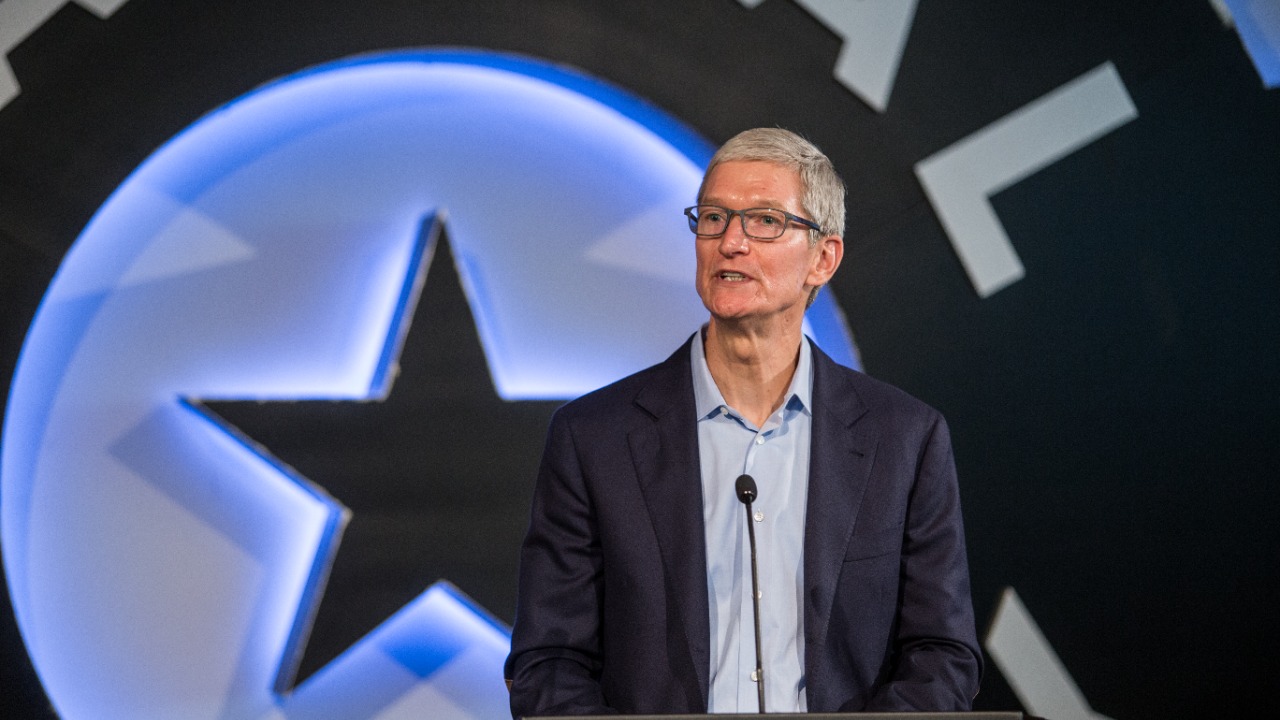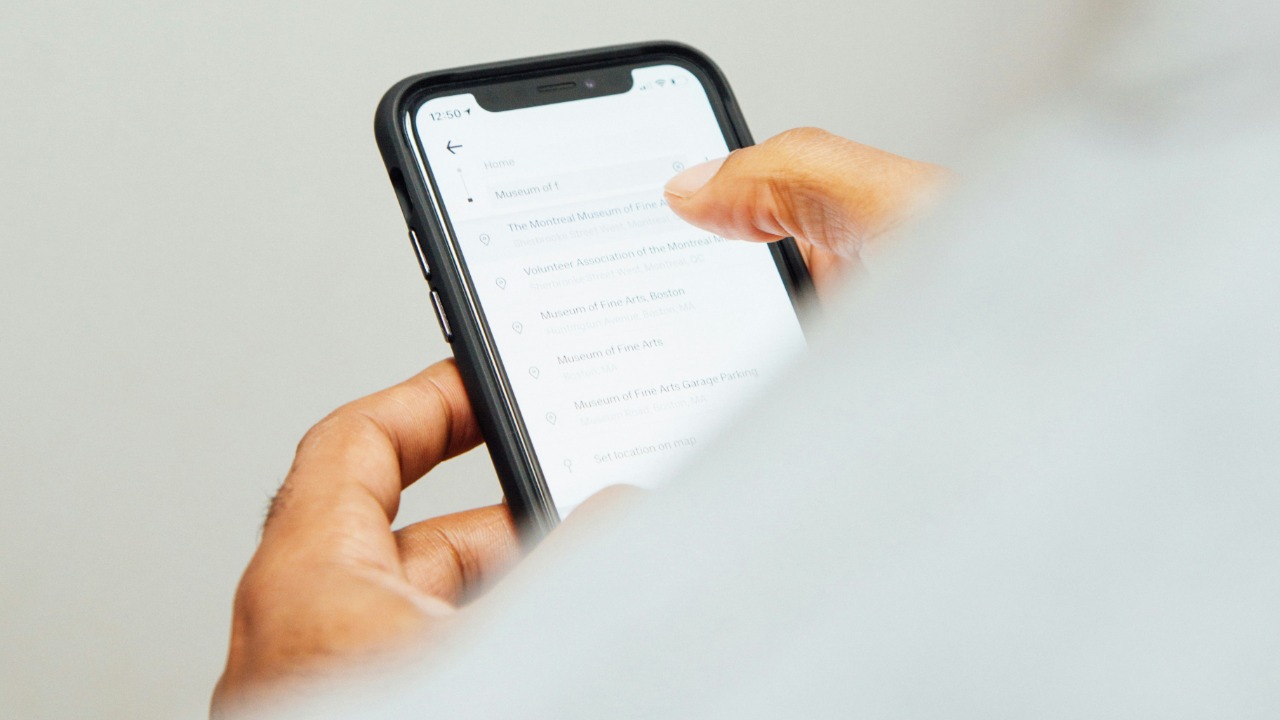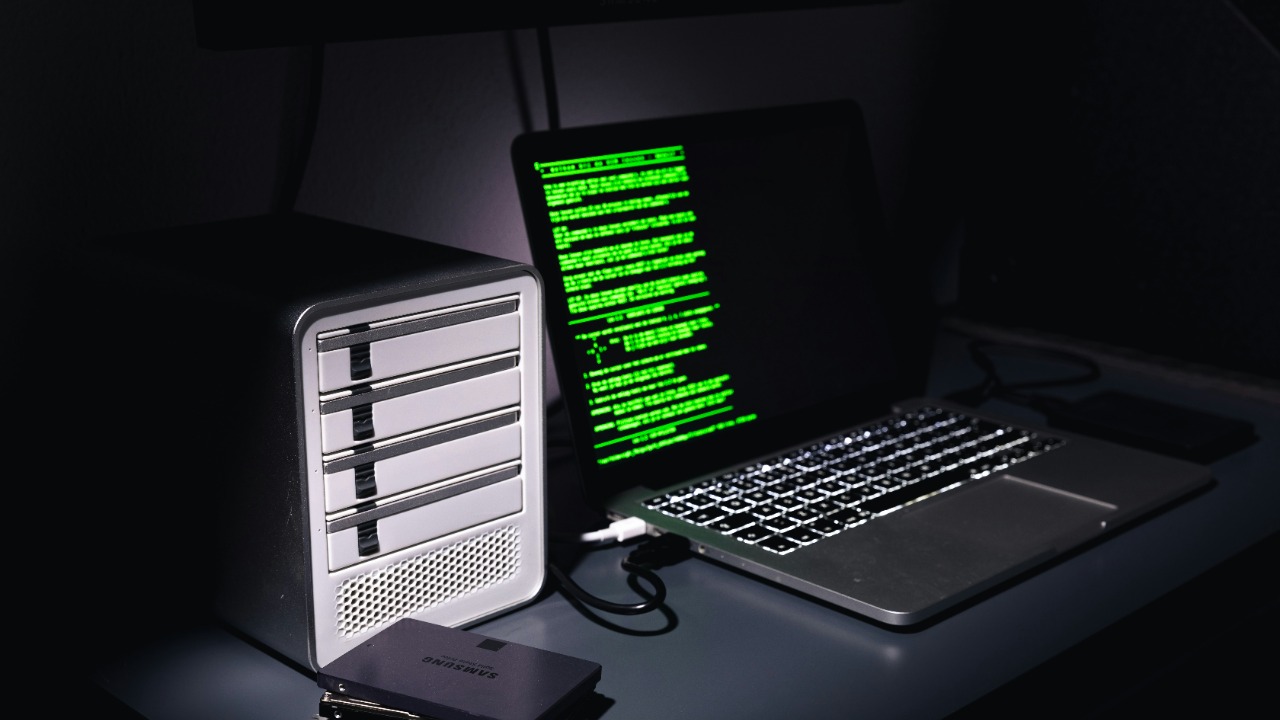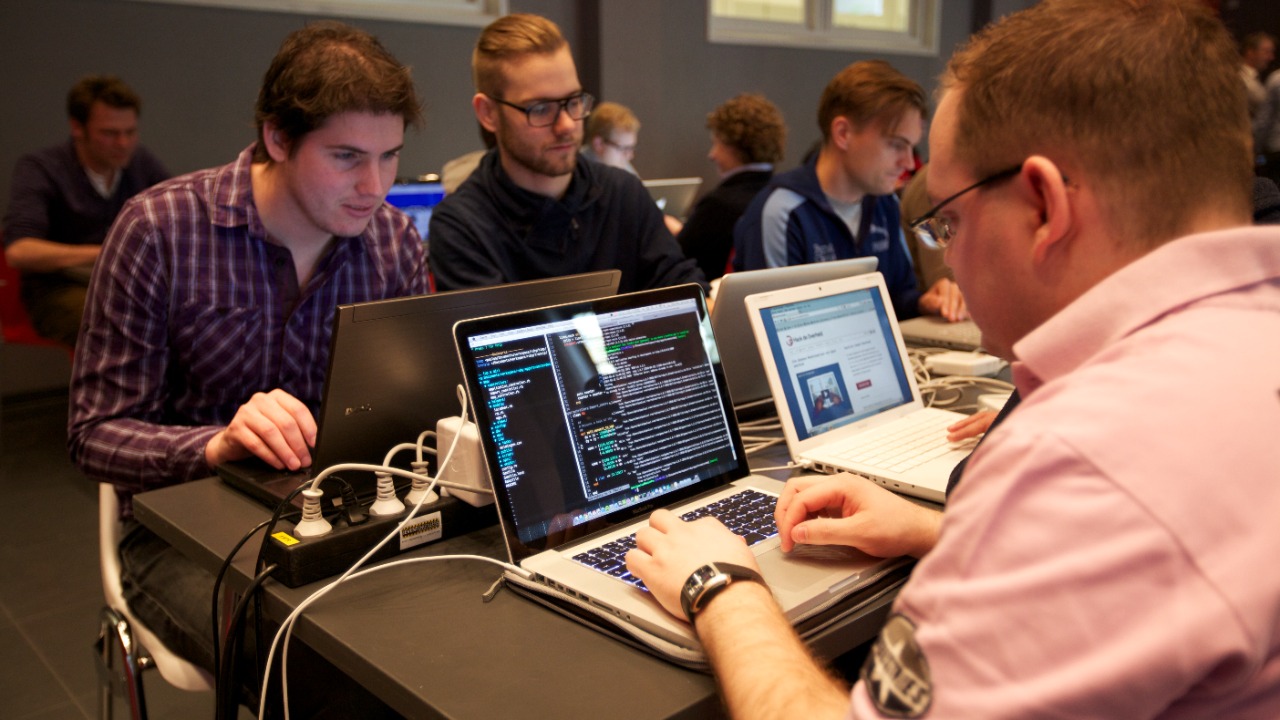
In a significant expansion of its bug bounty program, Apple has announced a reward of up to $2 million for security researchers who can demonstrate a full chain of exploits leading to remote code execution on an iPhone without user interaction. This is the highest reward in the program’s history, aimed at bolstering iOS security amid rising threats from state-sponsored hackers.
Apple’s Announcement of the Updated Program

Apple’s official reveal of the $2 million maximum payout targets zero-click exploits on devices running the latest iOS version. This update builds on the existing Apple Security Bounty program launched in 2016, with the new tier focusing on remote attacks without physical access or user intervention. The tech giant stated that the increased rewards reflect the growing sophistication of cyber threats, particularly from nation-state actors targeting iPhone users (Wired).
Breakdown of Eligible Vulnerabilities

The top $2 million reward requires a complete exploit chain enabling arbitrary code execution on an iPhone’s Secure Enclave or kernel via remote means. Lower-tier rewards include up to $1 million for kernel memory corruption exploits and $250,000 for Secure Enclave vulnerabilities. However, all submissions must be novel and responsibly disclosed. Apple will only pay for vulnerabilities affecting current iOS versions, excluding those already known or patched in prior updates (BGR).
Evolution from Previous Bounty Tiers

The new $2 million cap compares to the prior maximum of $1.5 million introduced in 2020 for iOS remote exploits, signaling Apple’s response to intensified hacking attempts reported in 2023. Since its launch in 2016, the program has paid out over $20 million total to more than 500 researchers worldwide. This update aims to attract elite white-hat hackers, with a shift in focus toward preventing “zero-day” attacks, a change driven by incidents like the 2021 Pegasus spyware targeting iPhones (Wired).
Process for Submitting Exploits

Researchers are required to submit detailed proof-of-concept exploits through Apple’s secure Product Security portal, including full technical reports. There should be no public disclosure until the vulnerability is patched. Apple’s verification process involves independent testing by their security team to confirm the exploit’s validity and impact before payout, typically within 7 days of acceptance. Eligibility rules include being at least 18 years old and not affiliated with malicious hacking groups, with payments issued in USD via wire transfer (BGR).
Implications for Security Researchers

The $2 million incentive could draw top talent from competitors like Google’s Android program, which offers up to $1.525 million, potentially accelerating iOS vulnerability discoveries. Independent hackers also benefit from non-disclosure agreements that protect their methods while crediting them in patch notes, as seen in past payouts to researchers like those from Citizen Lab. However, the high bar for qualifying exploits may limit payouts to only a few elite submissions annually (Wired).
Broader Impact on iPhone Users and Apple

Faster vulnerability reporting via bounties enhances iOS privacy and security for over 1.4 billion active devices worldwide, reducing risks from spyware like NSO Group’s tools. The program also gives Apple a strategic edge over rivals, as it strengthens defenses against government-mandated backdoors and complies with regulations like the EU’s Digital Markets Act. Apple has committed to annual reviews based on emerging threats to maintain the $2 million ceiling’s relevance, indicating ongoing updates to the program (BGR).